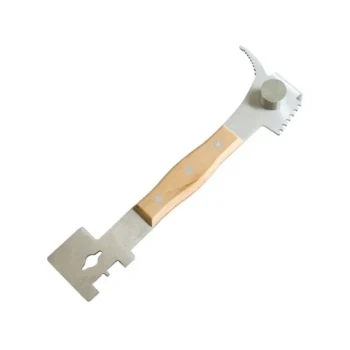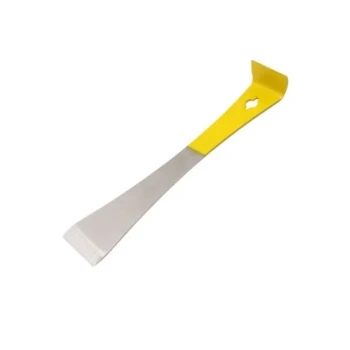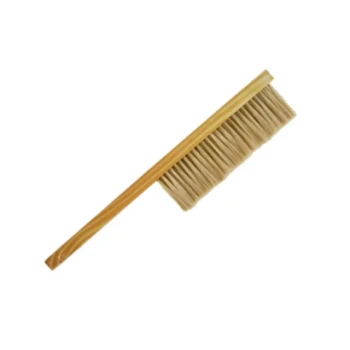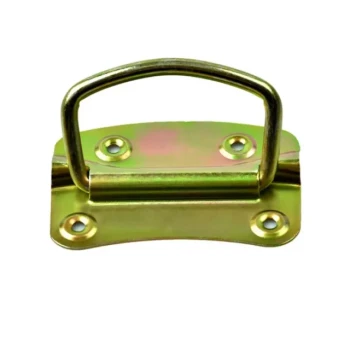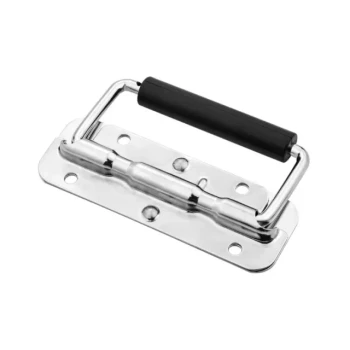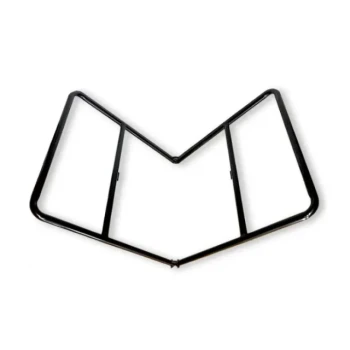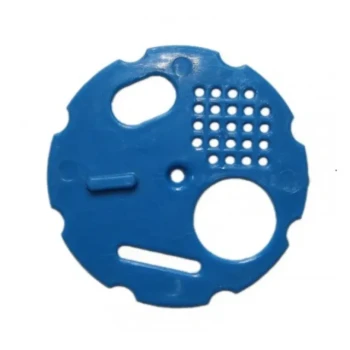The safest and most effective method for removing a bee hive is to hire a professional. Attempting to remove a colony yourself is extremely dangerous and often fails to solve the underlying problem. Professional beekeepers or specialized pest control services have the expertise and equipment to relocate the bees safely, ensuring a permanent solution without unnecessary harm to these vital pollinators.
The core issue is not just eliminating the visible bees, but removing the entire hive structure—including the queen and honeycomb. Failure to do so will lead to re-infestation, potential structural damage, and attraction of other pests.
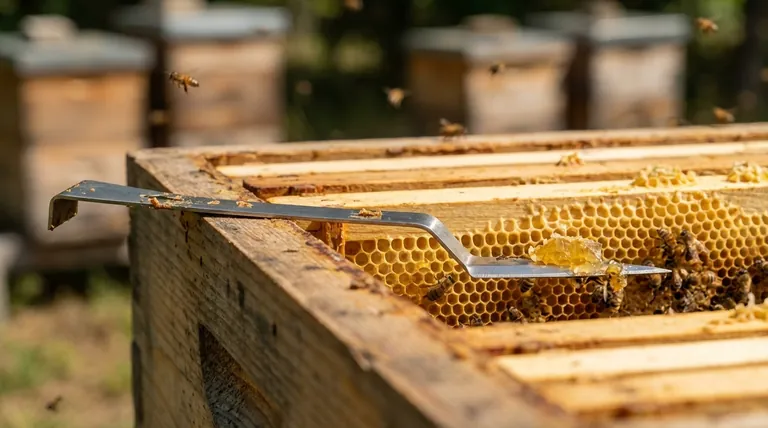
Why DIY Bee Removal Is a Significant Risk
While it may seem tempting to handle a bee problem with a can of insecticide, this approach is fraught with danger and is almost certain to be ineffective in the long term.
Personal Safety and Stings
A honey bee colony can contain tens of thousands of individuals. When they perceive a threat to their hive, they will defend it aggressively. A swarm of stinging bees can be lethal, especially for individuals with allergies.
Incomplete Removal and Re-infestation
Simply spraying the entrance to a hive kills only the forager bees. The queen, larvae, and the majority of the colony remain protected deep inside. As long as the queen and the honeycomb are present, the colony can recover, or a new swarm will be attracted to the abandoned hive.
Potential for Structural Damage
If a hive inside a wall is killed off, the untended honeycomb will melt. The decaying honey and larvae can seep through drywall, causing significant staining and damage while attracting ants, cockroaches, and rodents.
The Professional Approach: Relocation, Not Extermination
A true professional focuses on removing the entire colony and its structure, which is the only way to guarantee a permanent solution.
Step 1: Correct Identification
The first step an expert will take is to identify the insect. Honey bees are valuable pollinators and are often protected. Wasps, hornets, and yellow jackets are far more aggressive and are handled differently, typically through extermination.
Step 2: Locating the Full Hive
Professionals use specialized equipment, such as thermal imaging cameras, to pinpoint the exact location and size of the colony within a structure. This minimizes the guesswork and amount of deconstruction needed to access it.
Step 3: Safe Colony Removal
The goal of a bee removal expert is to save the bees. They will carefully cut out the honeycomb sections containing brood (young bees) and honey. A specialized, low-pressure "bee vacuum" is used to safely collect the adult bees without harming them.
Step 4: Cleaning and Sealing the Cavity
Once the bees and comb are removed, the professional will scrape the cavity clean of all remaining wax and honey residue. This step is critical to prevent attracting future swarms. They will then seal all entry points the bees were using to prevent re-entry.
Understanding the Trade-offs
When seeking professional help, you have two primary options, each with distinct advantages.
Beekeeper vs. Bee Removal Specialist
Local beekeepers are an excellent first call, especially for exposed swarms on tree limbs. They are motivated to save the bees for their own apiaries and may perform simple removals for free or a very low cost. However, most are not equipped or insured to open up walls or perform structural repairs.
A professional bee removal specialist is a pest control expert who focuses on live removal. They are equipped to handle complex removals from within structures, perform the necessary repairs, and guarantee their work against re-infestation. This service is more comprehensive and comes at a higher cost.
Factors Influencing Cost
The cost of professional removal can vary significantly based on several factors. A simple swarm removal might be under $150 or free. A complex removal from a wall can cost $500 to several thousand dollars depending on the hive's size, location, and the extent of repairs needed.
Making the Right Choice for Your Situation
Your course of action depends entirely on the nature of your bee problem.
- If you see an exposed cluster of bees on a tree branch: Contact a local beekeeping association first, as this is likely a swarm that can be easily and inexpensively collected.
- If you see bees entering a hole in your house: Hire a professional bee removal specialist who is licensed and insured to handle both the bees and the necessary structural work.
- If you are dealing with aggressive, smooth-bodied insects: Contact a licensed pest control expert, as you are likely dealing with wasps or hornets, which require different methods.
By choosing the right expert for the job, you can resolve your bee problem safely, permanently, and responsibly.
Summary Table:
| Service Type | Best For | Key Advantage |
|---|---|---|
| Beekeeper | Exposed swarms (e.g., on tree limbs) | Often free/low-cost; saves the bees |
| Bee Removal Specialist | Hives inside structures (e.g., walls) | Handles complex removal & structural repairs; offers guarantees |
Protect your property and the vital honey bee population.
For commercial apiaries and beekeeping equipment distributors, a bee infestation can disrupt operations and damage valuable assets. HONESTBEE, a leading wholesale supplier of beekeeping supplies and equipment, understands the critical importance of effective hive management.
Let our network of professional removal experts provide you with a safe, permanent solution. Contact HONESTBEE today to be connected with a specialist who can protect your investment and ensure the health of your local pollinators.
Visual Guide
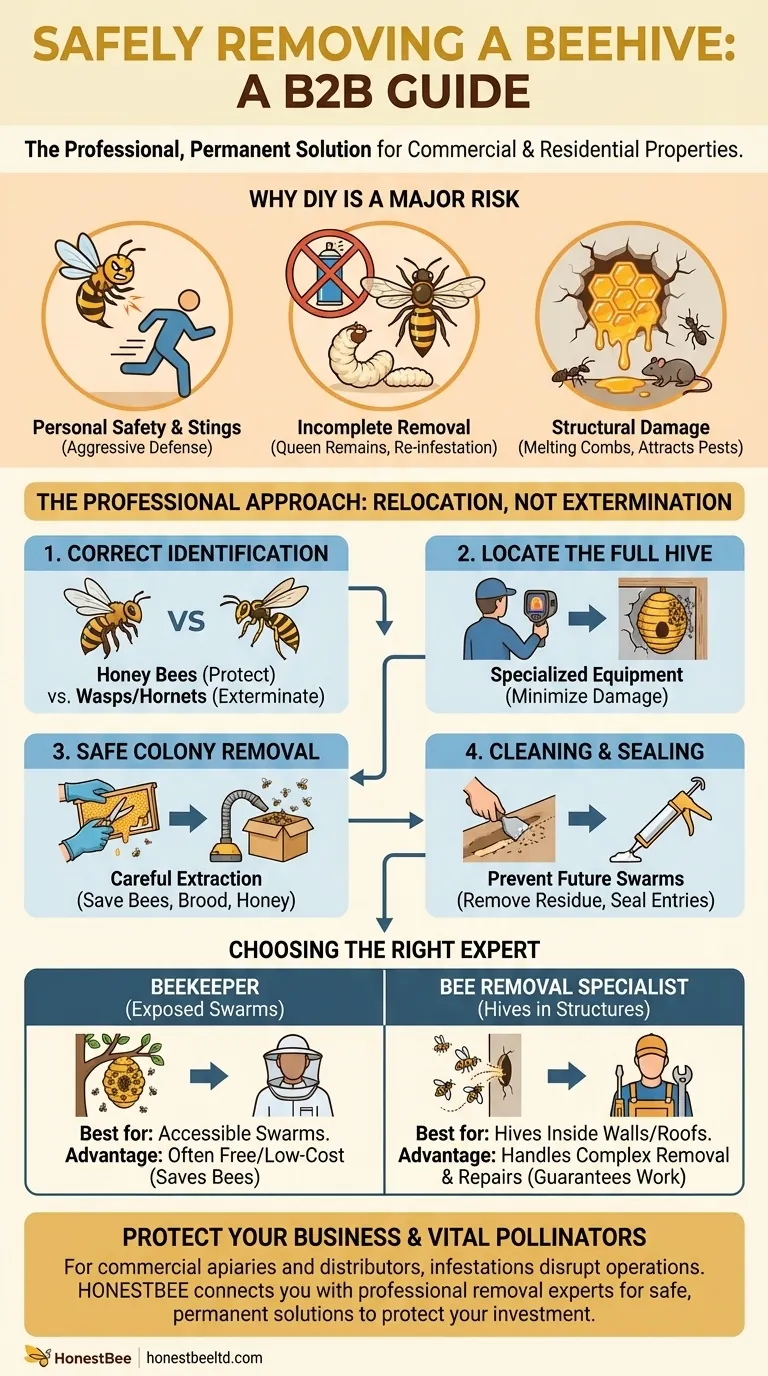
Related Products
- HONESTBEE Professional Long Handled Hive Tool with Precision Cutting Blade
- Multi-Function Hive Tool with Integrated Hammer for Beekeeping
- Long Langstroth Style Horizontal Top Bar Hive for Wholesale
- HONESTBEE Classic Pry Bar Hive Tool with High Visibility Finish for Beekeeping
- Professional Insulated Winter Hive Wrap for Beekeeping
People Also Ask
- What is a hive tool used for in beekeeping? Your Essential Guide to Hive Management
- Why do hive tools have a hole? Unlock the Secret to Efficient Beekeeping
- How should beekeepers handle bees when using a hive tool? Master Calm, Deliberate Techniques
- What are the features of a regular hive tool? The Essential Multi-Tool for Every Beekeeper
- What are some common uses of a hive tool? Essential Multi-Purpose Tool for Every Beekeeper

